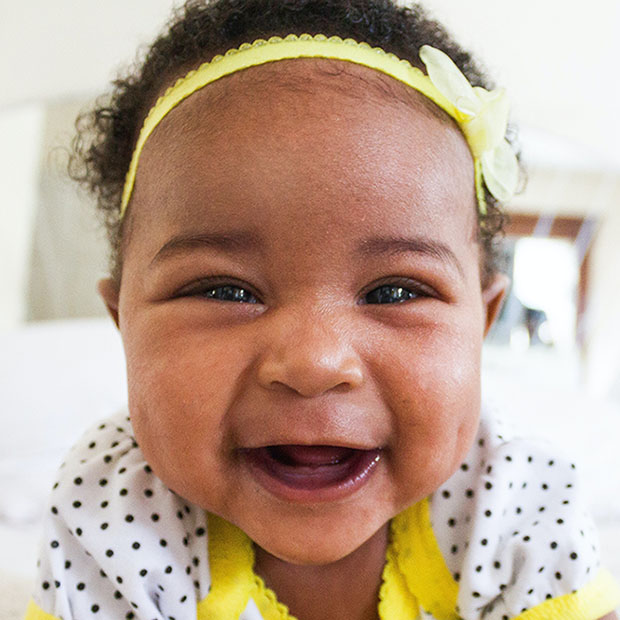Do You Know Your Child’s Teeth Timeline?

The first baby tooth and the first loose tooth are two of childhood’s biggest milestones.
New parents probably have a lot of questions about what to expect and whether it’s time to start worrying. We’re here to give you an easy guide to let you know when incoming baby teeth typically arrive and when the adult set should start to make an appearance.
Babies Start Developing Their Teeth in Utero
While it’s very uncommon for a baby to be born with erupted teeth, tooth buds begin forming as early as the sixth week of pregnancy. They continue developing until the baby is born and beyond. The process is called odontogenesis, and it keeps going even after the teeth start to erupt, because the roots will still have some growing to do at that point.
Two Baby Teeth for the Price of One
Though we don’t get an entire set of teeth all at once, we do usually get them two by two, first on the bottom, then the top. Babies typically get their bottom central incisors first, sometime between six and ten months old. Next up are the top two front teeth between the eighth and twelfth months. Then come the bottom lateral incisors, then the top ones.
Are the canines next in line? Actually no! They’ll come later. First are the lower molars, then the upper molars. Now it’s the canines’ turn, and finally the second set of molars appear, and most toddlers complete their set of baby teeth by age three.
When Should I Worry That Teeth Haven’t Appeared?
If you’re nervous about your toddler’s teeth taking longer than they should, don’t hesitate to get in touch with us. Most of the time, there isn’t any reason to worry until no teeth have appeared by a year and a half, but whether teeth are early or late, make sure to schedule baby’s first dental appointment as soon as that first tooth appears!
Call the Tooth Fairy; The Adult Teeth Are on the Way!
Your child could have their first wiggly tooth as early as age five. If it takes them longer than most of their peers, they might start feeling left behind. It’s a tangible and highly visible sign of maturity to lose a tooth, and they’ll probably be some combination of scared and excited for this rite of passage.
If their seventh birthday comes and goes with no loose teeth, it might be time for a dentist to take a look. They could just be a late bloomer, and that often means their teeth will be stronger and more cavity-resistant than if they came early!
What About Natal Teeth?
We mentioned that babies are sometimes born with a tooth or two. There has been a lot of folklore about these odd (but harmless) teeth across the world, ranging from being seen as bad luck in China to a sign of sorcery in Ural-Altaic tribes to good fortune in Europe. These are natal teeth, which aren’t part of the normal baby teeth set. They tend to be oddly shaped and have weak roots. A doctor might even remove them before the parents bring the baby home for the first time.
Teeth of All Ages Need Brushing!
No matter how many teeth your child has, every tooth needs daily cleaning to stay healthy. Early childhood is the right time to establish good brushing and flossing habits. That way, when their adult teeth arrive, they’ll be ready to take care of them on their own! They’ll need to continue those habits into adulthood so that their teeth stay healthy for a lifetime.
